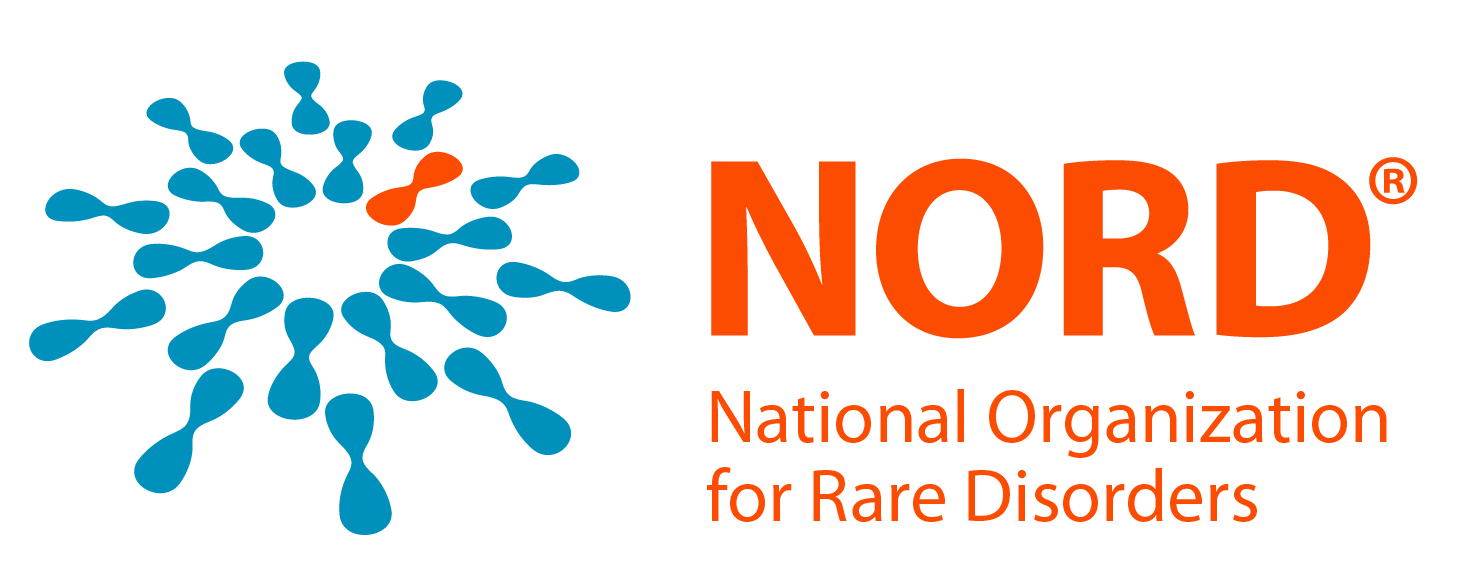The animated videos in NORD’s Rare Disease Video Library provide brief introductions to rare disease topics for patients, caregivers, students, professionals and the public. NORD collaborates with medical experts, patient organizations, videographers and Osmosis to develop the videos, which are made possible by individual donations, educational grants and corporate sponsorships. NORD is solely responsible for the content.
Summary
Beta thalassemia is an inherited blood disorder characterized by reduced levels of functional hemoglobin. Hemoglobin is found in red blood cells; it is the red, iron-rich, oxygen-carrying pigment of the blood. A main function of red blood cells is to deliver oxygen throughout the body. Beta thalassemia has three main forms – minor, intermedia and major, which indicate the severity of the disease. Individuals with beta thalassemia minor usually do not have any symptoms (asymptomatic) and individuals often are unaware that they have the condition. Some individuals do experience very mild anemia. Individuals with beta thalassemia major have a severe expression of the disorder; they almost always require regular blood transfusions and lifelong, ongoing medical care.
The symptoms of beta thalassemia intermedia are widely variable, and severity falls in the broad range between the two extremes of the major and minor forms. The characteristic finding of beta thalassemia is anemia, which is caused because red blood cells are abnormally small (microcytic), are not produced at the normal amounts and do not contain enough functional hemoglobin. Consequently, affected individuals do not receive enough oxygen-rich blood throughout the body. Affected individuals may experience classic symptoms of anemia including fatigue, weakness, shortness of breath, dizziness or headaches. Severe anemia can cause serious, even life-threatening complications if left untreated. Affected individuals are treated by regular blood transfusions. Because of repeated blood transfusions individuals with beta thalassemia may develop excess levels of iron in the body (iron overload). Iron overload can cause a variety of symptoms affecting multiple systems of the body but can be treated with medications.
Beta thalassemia is caused by changes (variants or mutations) in the hemoglobin beta (HBB) gene. Individuals with beta thalassemia minor have a mutation in one HBB gene, while individuals with the intermediate and major forms have mutations in both HBB genes.
Introduction
Thalassemia is a term for a group of disorders in which there is reduced levels of hemoglobin, decreased red blood cell production and anemia. There are two main forms – alpha thalassemia and beta thalassemia, each with various subtypes. Beta thalassemia minor, also known as beta thalassemia trait, is a common condition. Beta thalassemia major was first described in the medical literature in 1925 by an American physician – Thomas Cooley. Beta thalassemia major is also known as Cooley’s anemia. Today, the classic clinical picture of beta thalassemia major is rarely seen when treatment is initiated early and regularly for the condition. Because of the anemia and the need for transfusions, thalassemia is now described as either transfusion dependent thalassemia (TDT) or non-transfusion dependent thalassemia (NTDT) rather than minor, intermedia or major.
